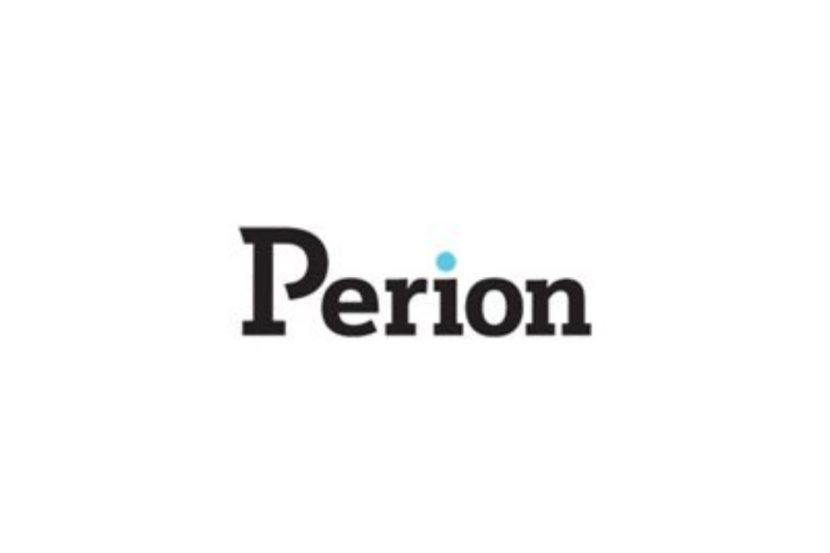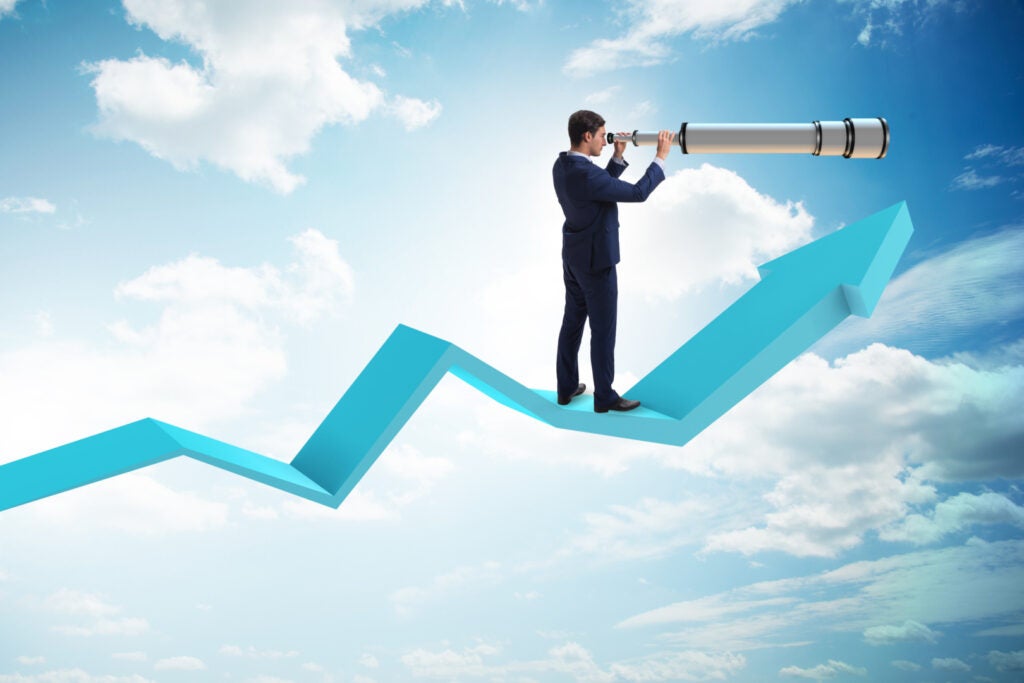Inflation spiked in June, but it’s now at or near the cycle’s peak. From here on out, how corporations respond to a key question will decide the future of consumer price inflation: which is more important: safeguarding profit margins or protecting market share?
There’s no denying that input costs have risen dramatically. Paying greater compensation to recruit new staff and keep existing ones does increase operating costs. Spending more on crucial commodities makes sense, too. As a result, the temptation to pass on those additional expenses to customers is considerable.
Calculated danger It is, however, a calculated risk. There’s always the risk that long-term clients would abandon you in favor of a competitor who sees a chance to differentiate themselves by lowering pricing. And if there is one harsh lesson that businesses of all sizes have learnt, it is that regaining market share is extremely tough and expensive. The consumer price index jumped 0.9 percent in June, indicating that most businesses’ operating expenses increased far too much and far too quickly to be simply absorbed. They had to charge consumers extra to compensate for the declining margins.
Again, it’s a calculated risk that’s probably safe for the time being! After all, because households are flush with cash and anxious to spend, Americans are less price sensitive at this time. We haven’t seen pricing power like this in decades. Inflation has grown by 5.4 percent in the past year, the quickest rate since the summer of 2008, with core CPI rising by 4.5 percent, the highest level since 1991. Inflation will continue to rise as long as pricing power does not threaten market dominance. However, history has demonstrated that this will not last. In the second half of the year, and much more so in 2022, price competition will resurface, easing inflationary pressures. This is why. Here’s why inflation has reached a nadir. First, we expect household consumption to decline as Washington shifts from fiscal stimulus to fiscal restriction. Second, the economy benefited greatly from the massive buildup of pent-up demand by consumers over the past year. However, when demand is met, this buying spree will lose steam. Third, the Federal Reserve is preparing to reduce its purchases of mortgage-backed securities and Treasury bonds. Whether the Fed starts tapering quantitative stimulus at the end of this year or early next, borrowing costs will rise. Both house sales and capital investments will be slowed as a result of this. Fourth, the supply-chain constraints that plagued the first half of the year have begun to dissipate. Cargo ships are unloading at a higher rate than ever before, particularly on the West Coast. This improvement in logistics paves the way for commodity and finished goods prices to fall. Finally, as much as we would like to declare triumph over the COVID-19 virus, it would be premature to do so, and I say this with some trepidation. The emergence of new variants (Delta, Delta plus, and now Lambda) in the United States, combined with the challenge of fully vaccinating 70 percent to 80 percent of the population (the current figure is only 48 percent, according to the CDC), raises the specter of another wave of infections in the fall and winter. This, too, may take some of the wind out of the economy’s sails. We believe we are nearing the pinnacle of the inflation cycle, and the majority of voting members of the Federal Open Market Committee agree. As consumers seek for better deals and businesses emphasis on locking in, if not expanding, market share, the forces that promote price competition and lower retail prices will inevitably emerge. The Economic Outlook Group’s chief global economist, Bernard Baumohl, is based in Princeton, New Jersey. More on the Consumer Price Index (CPI) report The cost of living has risen the most since 2008, according to the CPI, as inflation spreads throughout the economy. According to Daly of the Federal Reserve, the significant June inflation reading was predicted, and higher prices will not endure. Why are used-car prices driving up inflation in the United States? After strong CPI statistics, U.S. stocks are hovering near all-time highs, as big banks begin their earnings season./n
Read More




